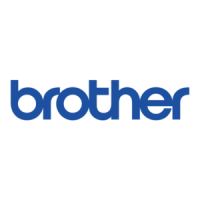
Do you have a question about the Brother MFC-J432W and is the answer not in the manual?
| Type | All-in-One Printer |
|---|---|
| Functions | Print, Copy, Scan, Fax |
| Printing Technology | Inkjet |
| Print Speed (Black) | 12 ppm |
| Print Speed (Color) | 10 ppm |
| Maximum Black Printing Speed | 12 ppm |
| Maximum Color Printing Speed | 10 ppm |
| Print Resolution | 6000 x 1200 dpi |
| Fax Speed | 33.6 kbps |
| Wireless | Yes |
| Mobile Printing | Yes |
| Automatic Document Feeder (ADF) | Yes |
| Paper Capacity | 100 sheets |
| Display | LCD |
| Scanner Type | Flatbed |
| Connectivity | USB, Ethernet |
General safety warnings regarding hazardous situations and potential injuries.
Unpacking the printer and verifying all included components are present.
Instructions for correctly loading A4 paper into the paper tray.
Connecting the printer to the power source and the telephone line.
Essential safety and connection guidelines for power and telephone hookups.
Configuring the machine's country setting for correct telecommunication line operation.
Step-by-step process for unpacking and installing the ink cartridges.
Ensures correct installation by matching colors and pushing cartridges until they click.
Performing a print quality check and confirming clear lines or reprinting.
Steps to configure the machine for wireless network communication with an access point.
Choosing how the machine receives calls and faxes (Fax Only, Fax/Tel, Manual, External TAD).
Directs users to the appropriate section based on desired connection type (USB or Wireless).
Installing the main software suite from the CD-ROM, including driver and applications.
Physically connecting the printer to the computer using the USB cable.
Restarting the computer to finalize the driver and software installation.
Connecting the printer to the Macintosh computer via USB, avoiding specific ports.
Installing the MFL-Pro Suite software from the CD-ROM for Macintosh.
Steps to configure the machine for wireless network communication with an access point.
Selecting the preferred method for configuring wireless settings.
Using the installer CD and a temporary USB connection for wireless setup on Windows.
Configuring wireless settings directly through the machine's control panel.
Utilizing WPS or AOSS™™ for automatic, one-push wireless setup.
Finalizing wireless configuration and installing necessary drivers for network operation.
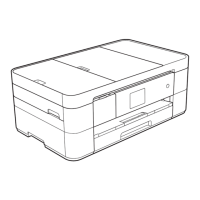
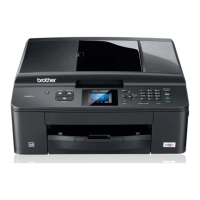
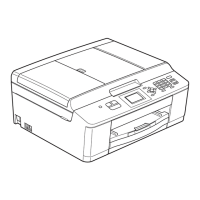
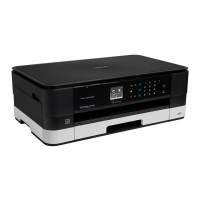
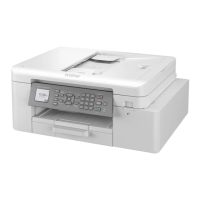
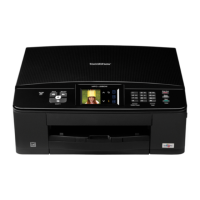
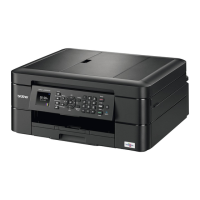
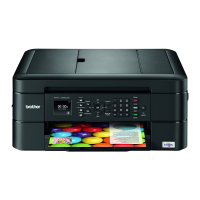
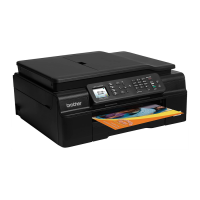
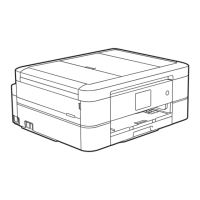
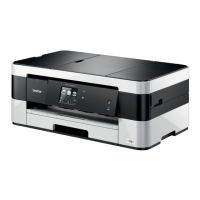
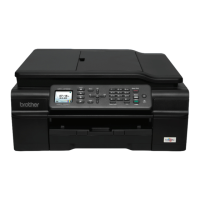
